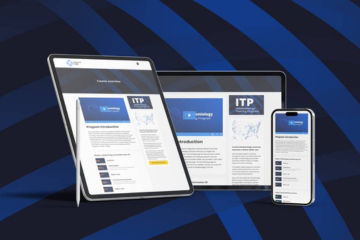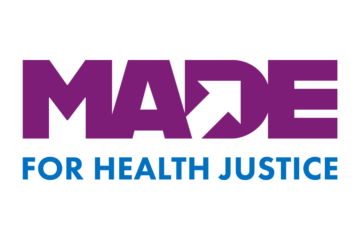
Public health has not followed primary care and other disciplines across the health sector in identifying potential staffing shortages based on the size and needs of specific populations. For example, the Health Resources and Services Administration designates primary care Health Professional Shortage Areas based on poverty and other measures of population vulnerability, and then assigns National Health Service Corps participants to support and strengthen the health workforce delivering care in these areas. The “Staffing Up” initiative will take an important first step to articulating staffing levels needed to assure and protect the nation’s health.
Through May 2021, the de Beaumont Foundation and PHNCI will bring together public health experts to create a publicly available tool for health departments to determine adequate staffing levels. Experts working with PHNCI and de Beaumont are using research-based recommendations, existing sources of quantitative data, and newly collected qualitative data to inform their work. Experts informing the project represent methodological and research advisors; state, local, and tribal health department leaders; and public health systems-level specialists.
The goal of “Staffing Up” is to create a tool that governmental public health systems in the United States can use to:
- Inform decisions about how to staff health departments.
- Advocate for increased funding for the governmental public health system.
- Build upon the recommendations to more clearly communicate the value and role of public health workers to other fields.
Although COVID-19 has highlighted the underfunding and under-staffing in governmental public health departments, “Staffing Up” is not a response to the pandemic. The ultimate product of the initiative will include a tool that can provide recommendations for health department staffing levels needed to serve communities. As part of this recommendation, there will be discussions on how to incorporate needed surge capacity, such as staffing needs during the pandemic, but the primary focus will be on a sustainable workforce.
Naomi Rich is a Program Specialist at PHAB, where she provides administrative and strategic communications support to the Public Health National Center for Innovations and Program, Research, and Evaluation teams. Prior to joining PHAB in 2020, Naomi applied a community organizing lens to her work in political campaigns, nonprofits, and a communications agency. She holds a Bachelor of Science in Community and Regional Development from the University of California, Davis.
This blog post was first published in JHMP Direct, the companion site of the Journal of Public Health Management and Practice.




